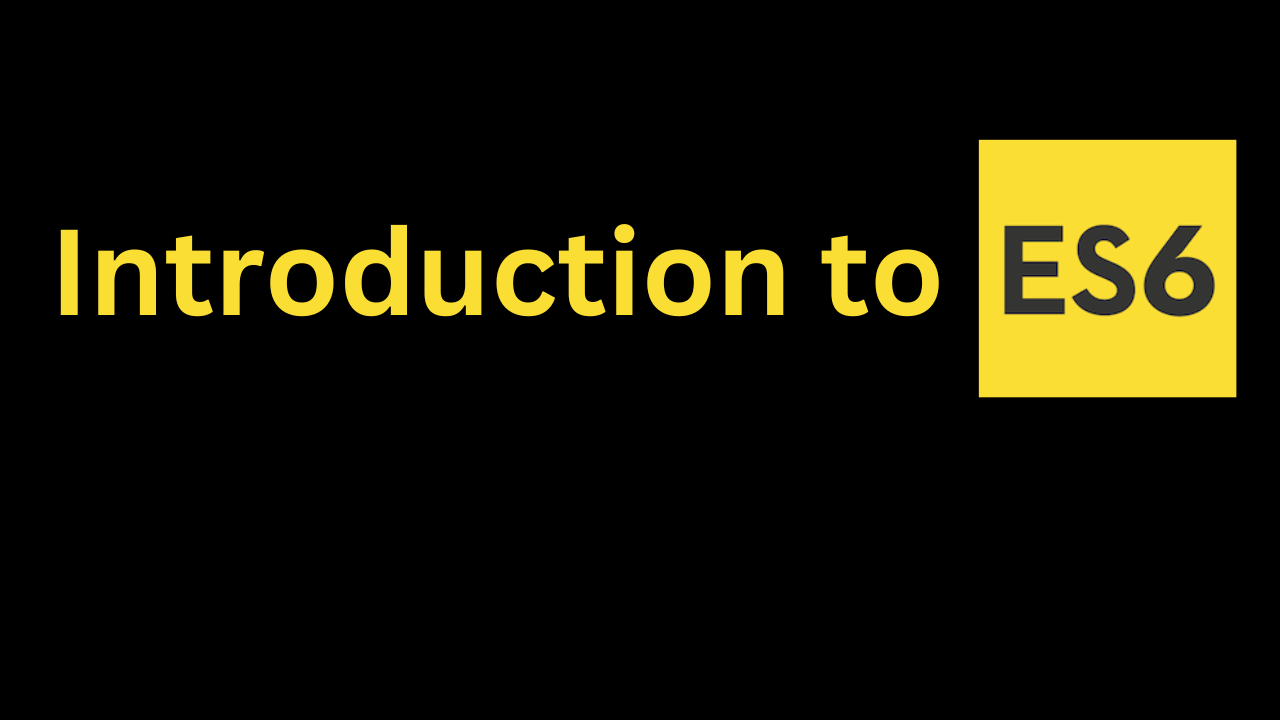ECMAScript 6 (ES6), launched in 2015, brought exciting upgrades to JavaScript. It made coding easier with features like arrow functions (shorter functions), template literals (clearer text handling), and block-scoped variables (organized data). It even introduced classes (blueprints for making things) and smoother ways to handle promises. After ES6, more improvements came, making programming better and more efficient.
Block-Scoped Variables:
Introduced let and const for block-scoped variable declarations.
Prevents variable hoisting issues.
Arrow Functions:
Concise syntax for defining functions.
Captures surrounding this value.
Template Literals:
Embed expressions in strings using backticks.
Enables string interpolation and multiline strings.
Destructuring Assignment:
Extract values from arrays and objects into variables.
Enhances data unpacking and readability.
Default Parameters:
Set default values for function parameters.
Used when no value is provided.
Spread and Rest Operators:
Spread elements of an iterable into another iterable or function arguments.
Rest collects remaining arguments into an array.
Classes:
Structured class creation using class.
Supports inheritance with extends keyword.
Promises:
Improved handling of asynchronous operations.
Represents values available now or in the future.
Async/Await:
Simplifies asynchronous code with async and await keywords.
Enhances code readability.
Modules:
Native support for modular code using import and export.
Promotes code organization and reusability.
Map, Set, and WeakMap/WeakSet:
Specialized collections for various use cases.
Maps allow any data type as keys, Sets store unique values.
WeakMap and WeakSet for weak reference scenarios.
Enhanced Object Literals:
New features for object literals:
Shorthand property notation.
Computed property names.
Methods defined using concise syntax.
Array Methods (forEach, map, filter, reduce, etc.):
Standardized and enhanced array methods.
Offers functional programming capabilities.
Improves code expressiveness and readability.
Subsequent Versions:
Continual improvements in later ECMAScript versions. Enhancements for more powerful and developer-friendly JavaScript.


